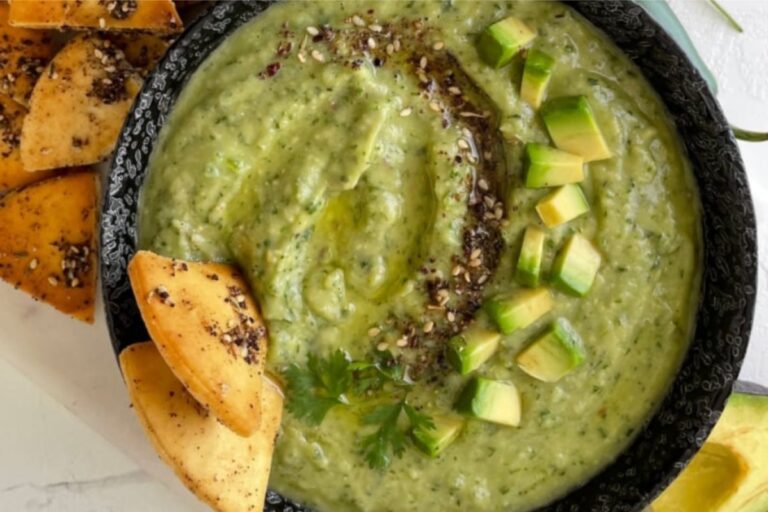Food Trends That Died: Why These Dishes Didn’t Stand the Test of Time
Food trends come and go, but some dishes disappear faster than others. These once-popular foods were all the rage for a while, only to quickly fade into obscurity. What seemed trendy and innovative at the time didn’t always stand up to the test of time, taste, or practicality.
From over-the-top dishes to strange fusions, we’ve seen a variety of food trends rise and fall. Let’s explore some of the food trends that have vanished and understand why they didn’t last.
Avocado Toast Overload
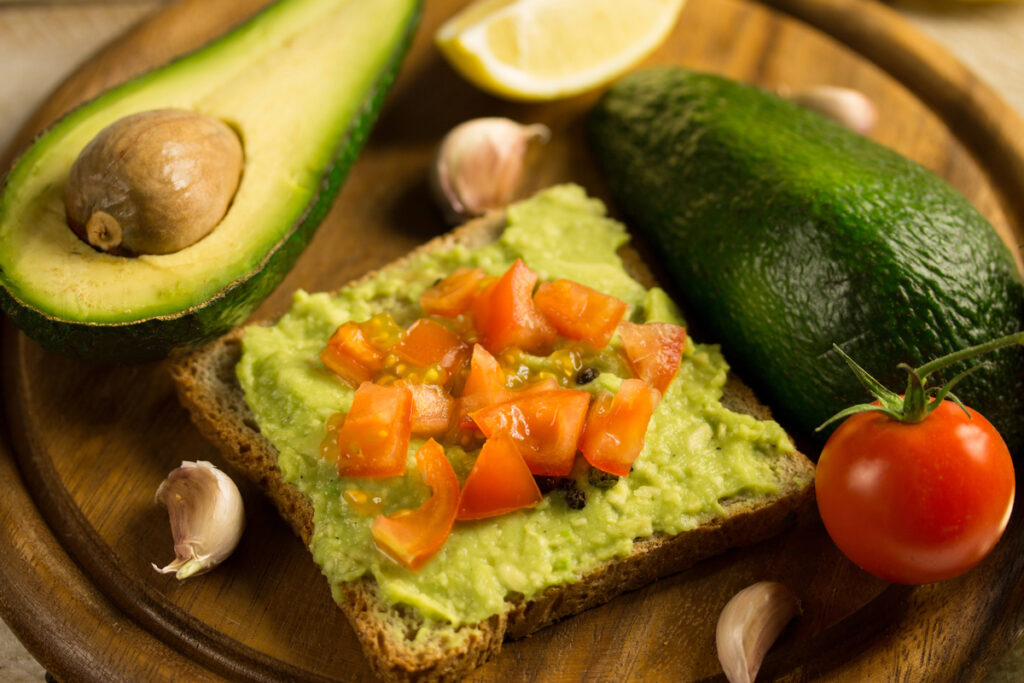
Avocado toast was the poster child for health-conscious millennials. While the idea of smashed avocado on toast seemed fresh and nutritious, the trend became so widespread that it lost its novelty. Restaurants started charging exorbitant prices for what is essentially a simple snack.
Over time, people realized they could easily make this at home for a fraction of the cost. As a result, avocado toast slowly disappeared from menus. Though still loved by many, its trendiness has certainly faded.
Unicorn Everything

Brightly colored, sparkly food took Instagram by storm with the unicorn food trend. From rainbow bagels to glittery milkshakes, it was all about appearance rather than taste. While these visually striking dishes were fun to look at, the novelty wore off quickly.
The vibrant colors didn’t always translate into great flavors, often leaving people underwhelmed. Plus, many questioned the healthiness of all the artificial coloring used. In the end, unicorn food turned out to be a short-lived fad.
Kale Craze
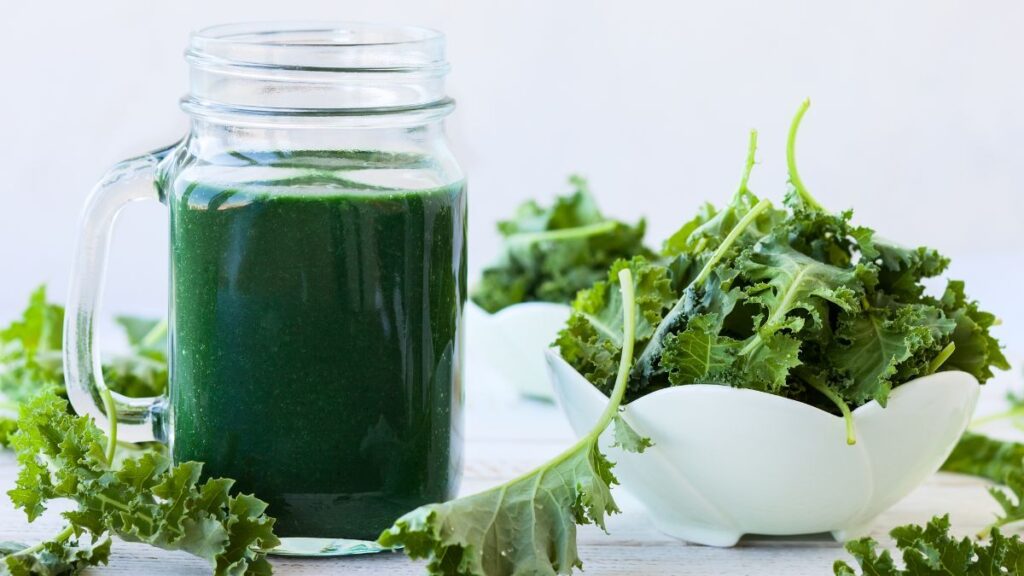
Kale was once hailed as a superfood, appearing in everything from salads to smoothies. It seemed like no dish was complete without this leafy green for a while. However, its bitter taste and tough texture didn’t appeal to everyone, especially when eaten raw.
Eventually, the kale craze lost steam as people moved on to other greens like spinach and arugula, which are often more palatable. Kale may still be around, but it no longer holds the spotlight it once did.
Cronuts
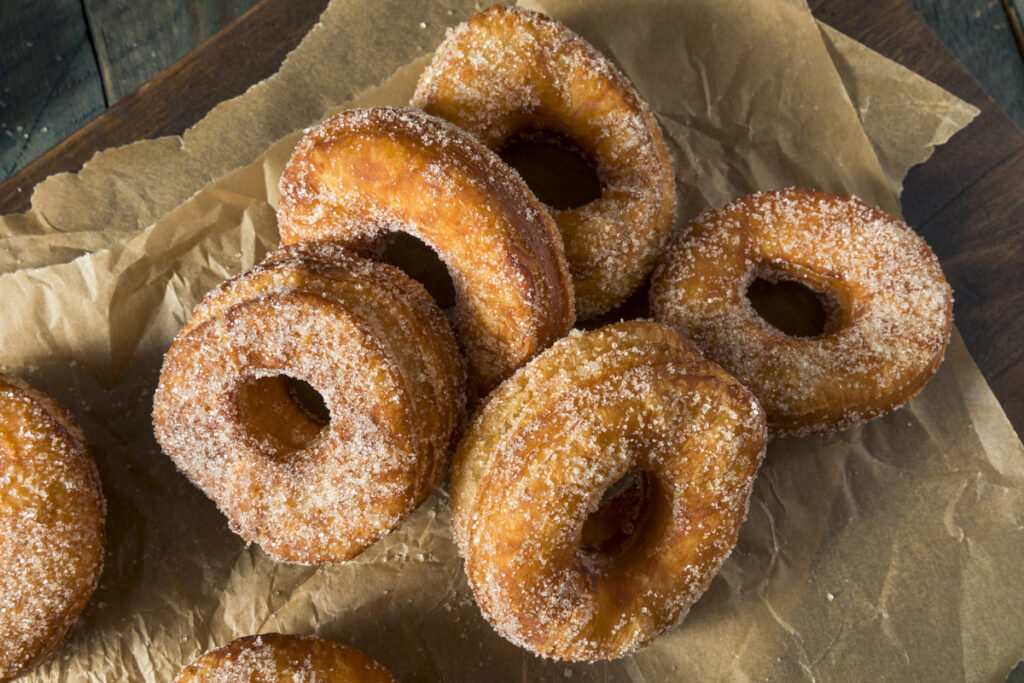
When it first appeared, the croissant-doughnut hybrid, known as the cronut, had a cult-like following. People would line up for hours to get their hands on one. However, as with many food trends, the excitement died down once the novelty wore off.
Other bakeries started copying the cronut, flooding the market and diluting its uniqueness. Over time, people realized it wasn’t all that different from regular pastries. Today, cronuts are no longer the must-have treat they once were.
Bacon Everything

There was a time when bacon was added to just about everything—chocolate, ice cream, even cocktails. Bacon lovers rejoiced, but the trend quickly reached a point of oversaturation.
While bacon has always been a breakfast staple, its inclusion in sweet and savory dishes became overdone and, in some cases, downright strange.
The overuse of bacon ultimately led to its downfall as people grew tired of seeing it everywhere. Now, bacon has returned to its humble origins: on the side of your eggs.
Molecular Gastronomy

They were once seen as the future of fine dining; molecular gastronomy focused on transforming food through scientific techniques. While it was impressive to see chefs create foams, gels, and spheres, the trend didn’t last long.
People began to crave more traditional, comforting dishes rather than overly complicated presentations. The focus on technique often overshadowed the actual flavor, leaving diners unsatisfied.
Today, molecular gastronomy is mostly reserved for high-end restaurants and special occasions.
Matcha Everything

Matcha, a finely ground green tea powder, became a health and wellness sensation. From matcha lattes to matcha-infused desserts, it was everywhere. However, its strong, earthy flavor wasn’t for everyone, and many found it to be an acquired taste.
As more matcha products hit the market, the excitement died down, and people started moving back to more familiar flavors like coffee and chai. Matcha is still popular, but it no longer dominates the food scene like it once did.
Activated Charcoal Foods
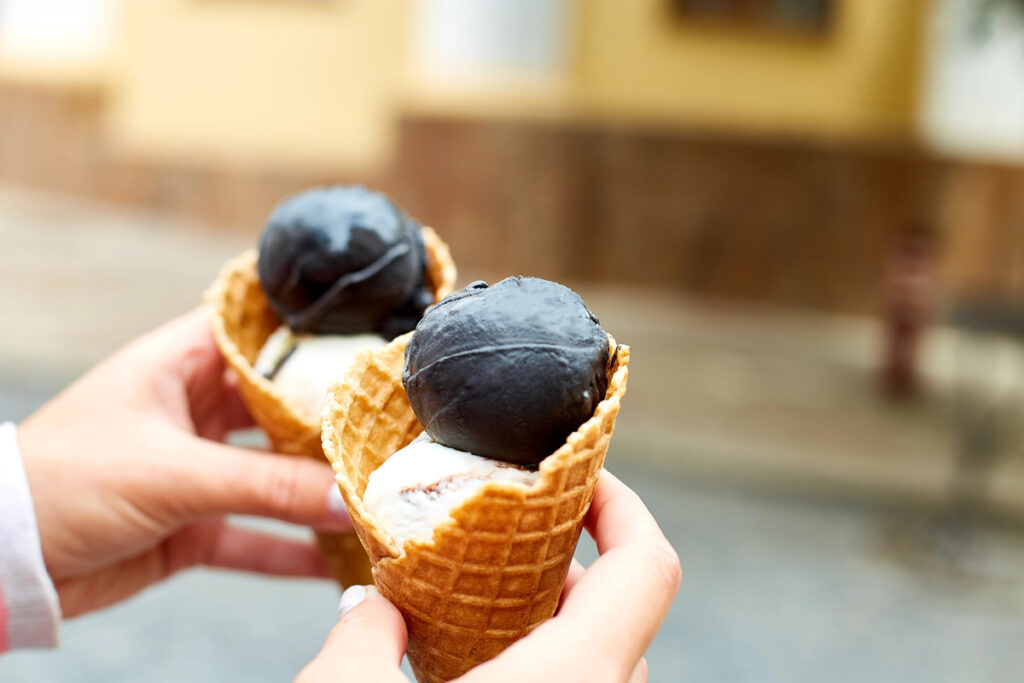
Activated charcoal was marketed as a detoxifying ingredient, appearing in everything from ice cream to bread. The pitch was that it could cleanse your body of toxins, but there was little scientific evidence to back these claims.
Moreover, charcoal can interfere with medications, making it potentially dangerous for some people. Once the health risks became more widely known, the trend started to fade. The idea of eating black-colored food also lost its appeal for many.
Bubble Tea Explosion
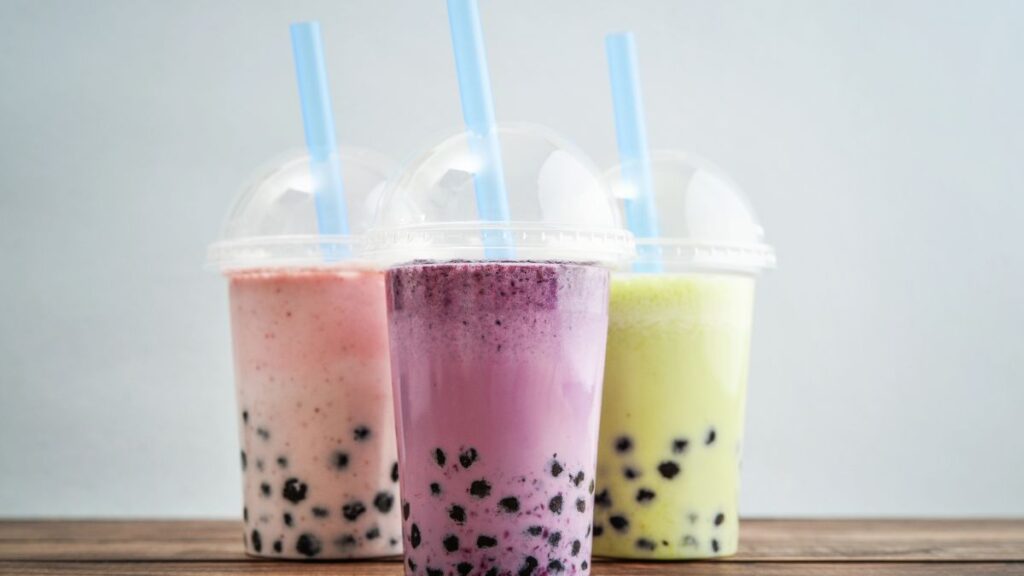
Bubble tea, or boba, had a major moment in the spotlight. The chewy tapioca pearls added a fun texture to the drink, and it became a hit among young people. However, the trend eventually slowed down as new, innovative drinks entered the market.
The high sugar content in many bubble tea varieties also turned off health-conscious consumers. While bubble tea is still widely available, it no longer enjoys the same level of hype it once did.
Deconstructed Dishes
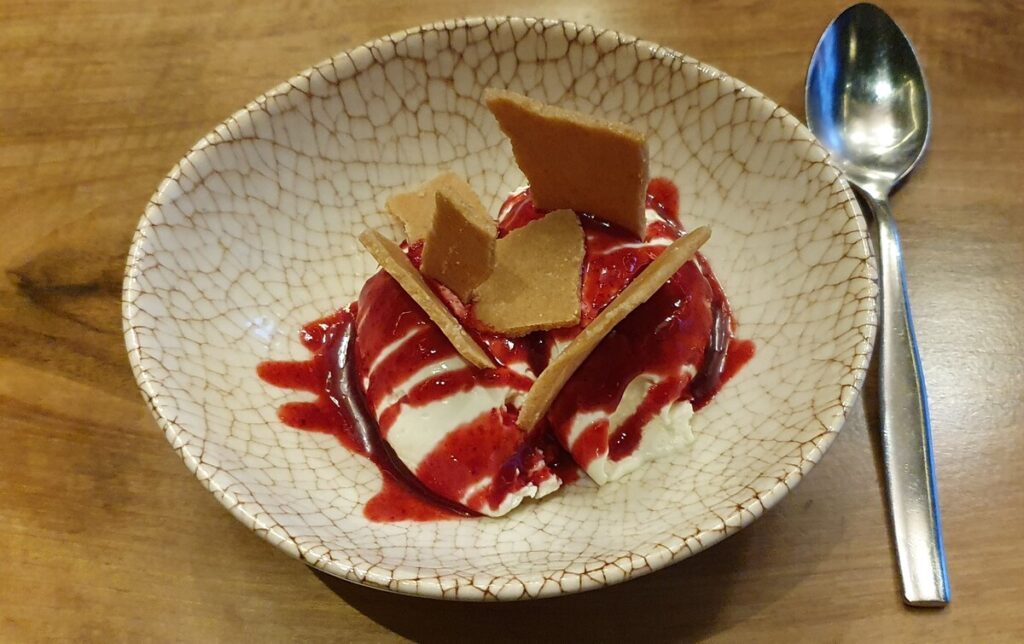
Deconstructed dishes aimed to serve traditional meals in a new and exciting way by breaking down the components. For example, a deconstructed cheesecake would have the crust, filling, and topping separated rather than combined.
While this approach was initially seen as creative, it quickly became confusing for diners who just wanted their food the way they were used to. Deconstruction often felt gimmicky and unnecessary. As a result, it didn’t take long for people to prefer more straightforward presentations again.
Edible Insects
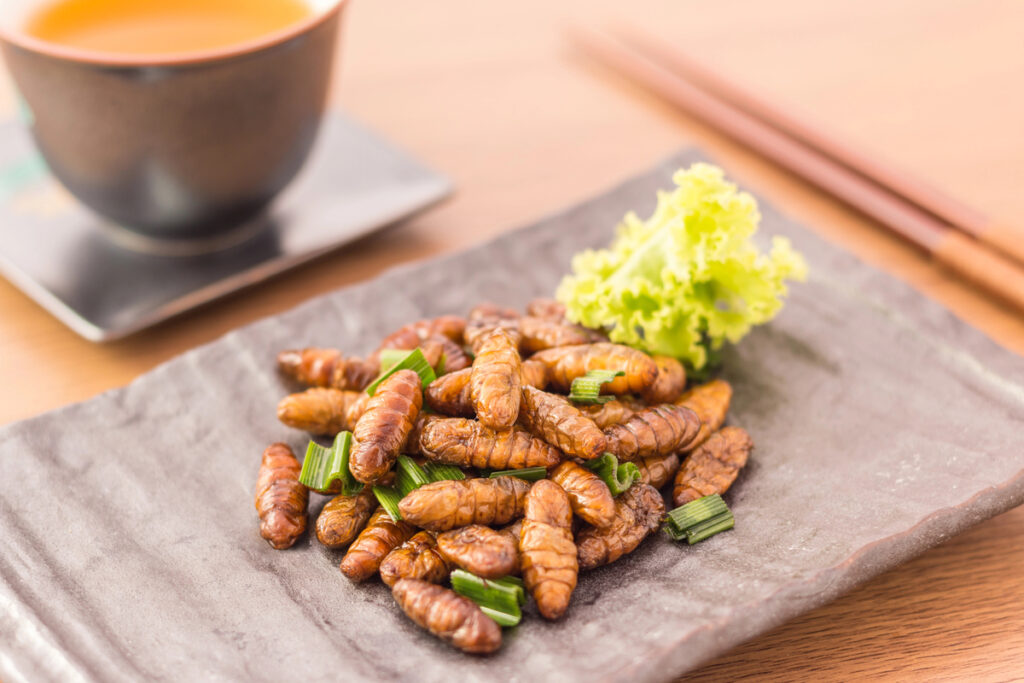
Edible insects were touted as a sustainable source of protein and quickly gained attention in the food world. While the idea was eco-friendly, the thought of eating bugs didn’t sit well with most people.
Despite being nutrient-rich, insects never became mainstream due to their “ick” factor. Only the most adventurous eaters continued to show interest, but for the majority, it was a trend that didn’t last. Today, you’re unlikely to see insects featured on many menus.
Rainbow Bagels
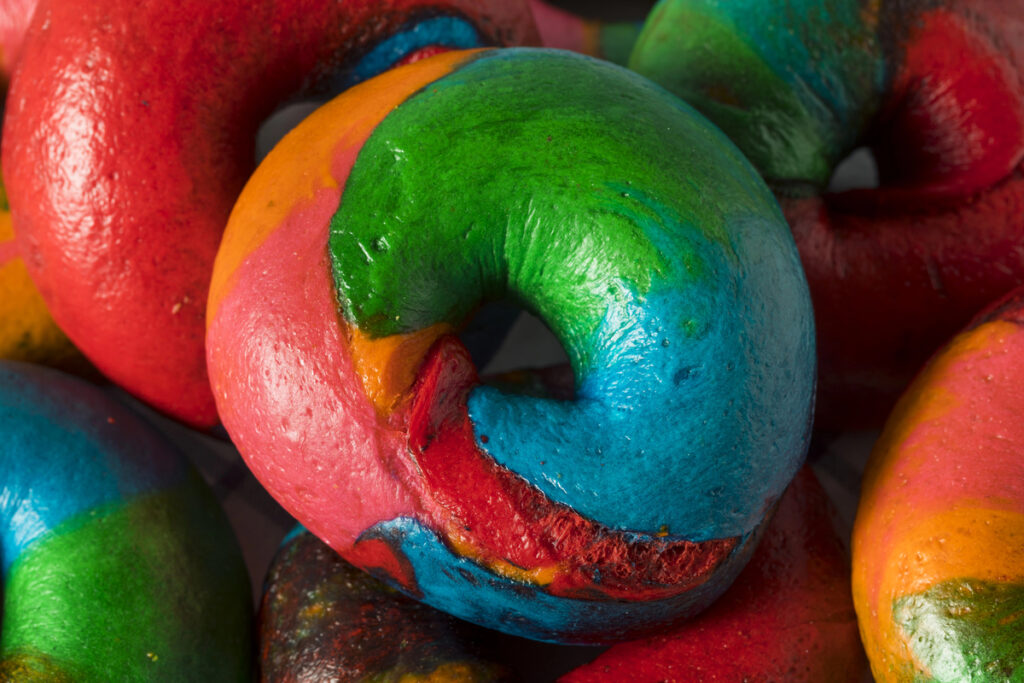
At the height of the Instagram food craze, rainbow bagels became a viral sensation. These colorful swirled bagels looked beautiful in photos, but they didn’t taste any different from regular bagels.
The novelty of their appearance was enough to draw people in at first, but the excitement quickly faded. Without any real improvement in taste, the trend was short-lived. Now, rainbow bagels are more of a nostalgic memory than a popular breakfast item.
Sushi Burritos
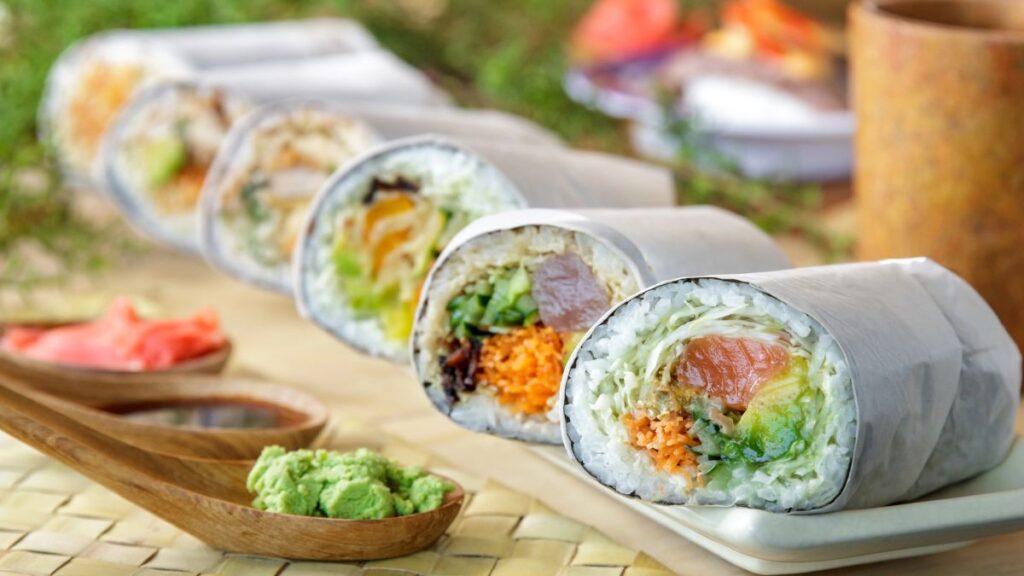
Combining sushi and burritos seemed like a genius idea at first, offering a portable, fusion-style meal. However, the sushi burrito trend didn’t last because it was simply impractical. The oversized rolls were hard to eat and often fell apart, making them messier than regular sushi.
Additionally, traditional sushi lovers found the idea of mixing it with burrito ingredients unappealing. Over time, people reverted to enjoying their sushi in its classic form, leaving the sushi burrito behind.
Freakshakes
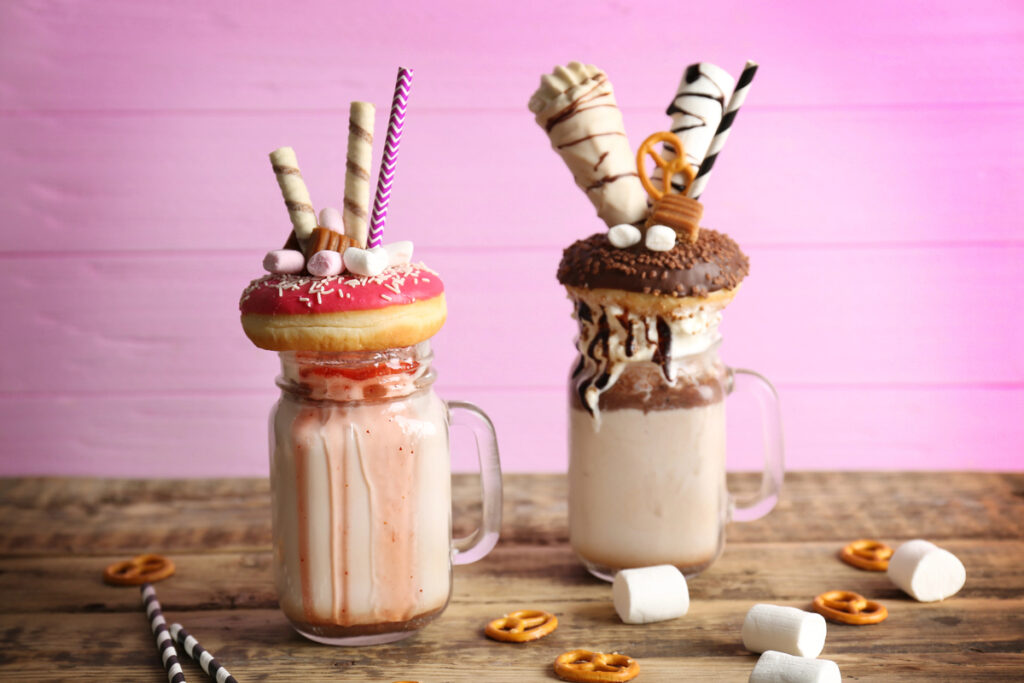
Freakshakes were monstrous milkshakes topped with an array of sweets like doughnuts, cookies, and candy. These extravagant creations were more about appearances than taste, often being so over-the-top that they became difficult to eat.
While they were a hit on social media, most people found them too indulgent and impractical for regular consumption. The sheer amount of sugar also raised health concerns. As a result, freakshakes faded as quickly as they arrived.
Cauliflower Everything
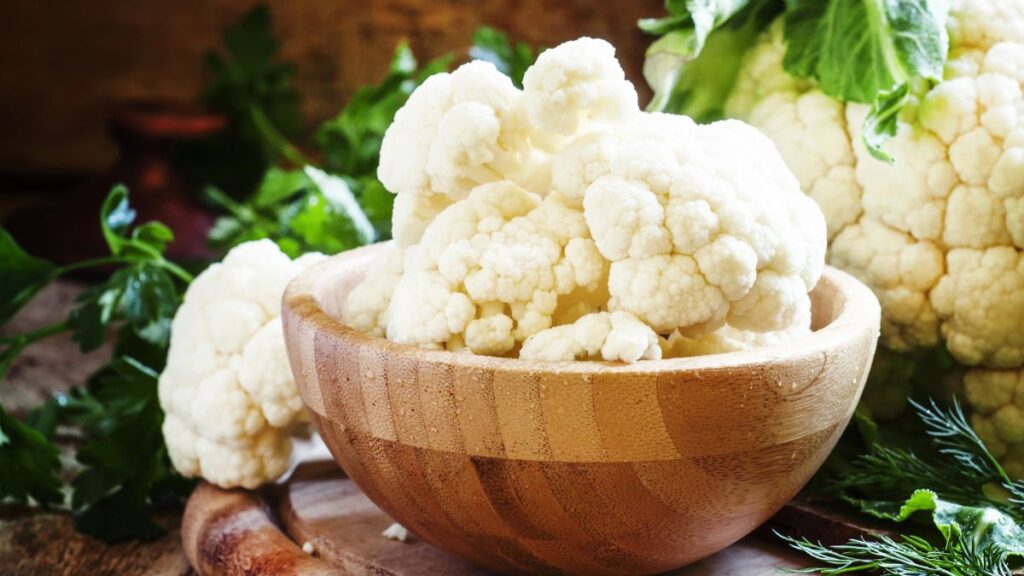
Cauliflower became a go-to substitute for carbs, appearing in everything from pizza crust to rice. While it offered a lower-calorie option, many people grew tired of trying to turn cauliflower into something it wasn’t.
The taste and texture of cauliflower simply couldn’t replace the satisfaction of actual bread or rice for most people. Though still a staple in low-carb diets, the cauliflower craze has significantly cooled down. People are now looking for more balanced alternatives.
15 Things You’re Too Old For After Age 50

As we grow older, we gain wisdom, experience, and a clearer sense of who we are. By the time you reach age 50, certain habits, trends, and activities no longer serve you. Life is too short to waste time on things that don’t add value or bring joy.
15 Things You’re Too Old For After Age 50
15 Things That Have Become So Expensive People Are Giving Them Up

With the cost of living steadily increasing, people are being forced to rethink how they spend their money. Many everyday items, services, and activities have become too expensive to justify.
15 Things That Have Become So Expensive People Are Giving Them Up






